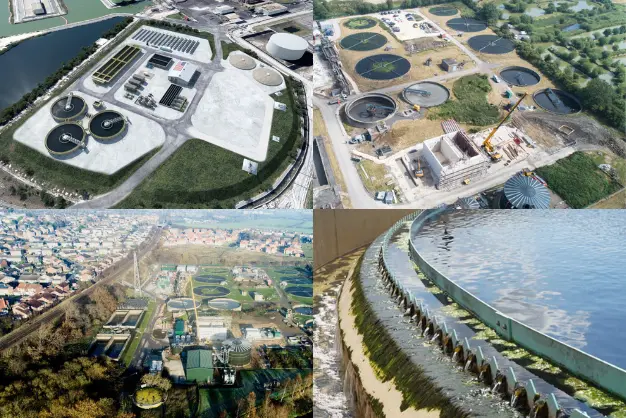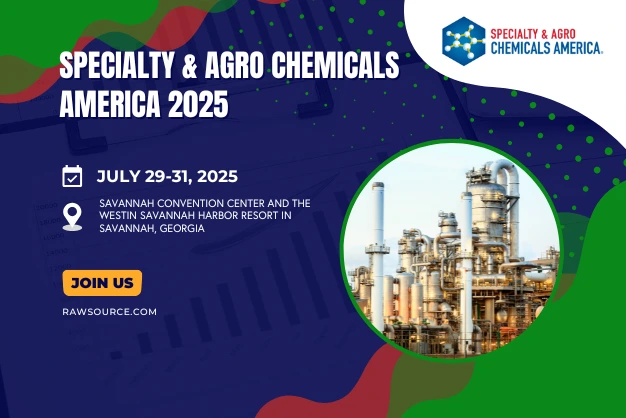Alkyds, or alkyd resins, are polyester resins modified by the addition of fatty acids and other components. These synthetic resins are known for their excellent binding properties, making them a popular choice in the production of paints, varnishes, and other coatings. The term “alkyd” is derived from the words “alcohol” and “acid,” reflecting their chemical makeup.
Alkyds can be classified into three main types based on the oil content used in their production:
Medium Oil Alkyds: With an oil content ranging from 40% to 60%, these alkyds strike a balance between flexibility and hardness, making them suitable for industrial coatings.
Short Oil Alkyds: Containing less than 40% oil, these alkyds dry quickly and provide a hard, durable finish. They are often used in automotive and marine coatings.
The primary raw materials used in the production of alkyd resins include:
Polyols (Alcohols): These are compounds with multiple hydroxyl groups, such as glycerol, pentaerythritol, and trimethylolpropane.
Acids or Anhydrides: Common examples include phthalic anhydride, maleic anhydride, and adipic acid.
Fatty Acids or Oils: These are derived from natural sources like soybean oil, linseed oil, and castor oil.
The production of alkyd resins involves a process called polyesterification, where polyols and acids react to form a polyester. This polyester is then modified with fatty acids or oils to achieve the desired properties. The process can be summarized in the following steps:
Polyesterification: Polyols and acids react under heat to form a polyester resin.
Modification: The polyester resin is then modified with fatty acids or oils.
Curing: The modified resin is cured to achieve the final alkyd product.
Alkyd resins exhibit a unique combination of properties due to their chemical structure. They have excellent adhesion, flexibility, and resistance to water and chemicals. These properties make them ideal for use in coatings and paints, where durability and performance are essential.
One of the most common applications of alkyd resins is in paints and coatings. Alkyd-based paints offer several advantages, including:
Durability: Alkyd paints form a hard, durable film that resists wear and tear.
Gloss and Finish: They provide a smooth, glossy finish that enhances the appearance of surfaces.
Versatility: Alkyd paints can be used on various substrates, including wood, metal, and masonry.
In addition to paints and coatings, alkyds are used in several industrial applications:
Automotive Coatings: Alkyds provide a durable, high-gloss finish that is resistant to weathering and chemicals.
Marine Coatings: The water resistance and durability of alkyds make them suitable for use in marine environments.
Adhesives: Their strong binding properties make them ideal for use in adhesives.
Printing Inks: Alkyds are used in the production of printing inks for their excellent adhesion and color retention.
Plastics: They are also used in the manufacturing of certain types of plastics.
Alkyd-based products are known for their durability and high performance. They form a tough, resilient film that withstands physical and chemical stress, making them ideal for demanding applications.
The versatility of alkyd resins allows them to be tailored to specific applications. By adjusting the type and amount of raw materials used, manufacturers can produce alkyds with a wide range of properties, from flexible and slow-drying to hard and fast-drying.
Drawbacks: Despite their many advantages, alkyds have some drawbacks. Solvent-based alkyds can release VOCs, contributing to air pollution and posing health risks. Additionally, alkyd coatings can yellow over time, especially when exposed to UV light.
Alternatives: There are several alternative resins available, each with its own set of properties and applications. For example, acrylics and epoxies offer excellent performance and environmental benefits but may come at a higher cost. Waterborne alkyds and hybrid systems are also gaining traction as they combine the benefits of traditional alkyds with improved environmental performance.
Research and development in alkyd technology continue to push the boundaries of performance and sustainability. Innovations include the development of bio-based alkyds, which use renewable raw materials, and hybrid systems that combine alkyds with other resins to enhance their properties.
As industries and consumers become more environmentally conscious, the focus on sustainability is influencing the development of alkyd resins. Manufacturers are investing in greener production processes and raw materials to meet regulatory requirements and market demand for sustainable products.






